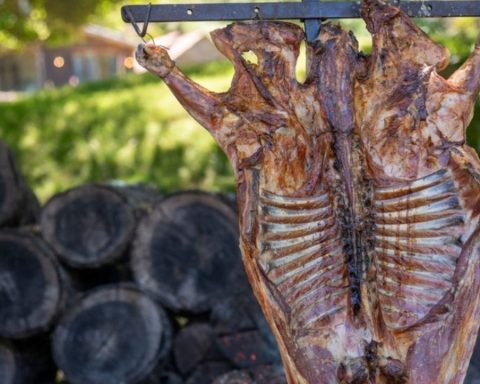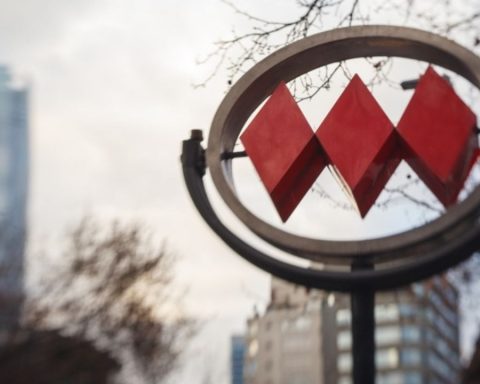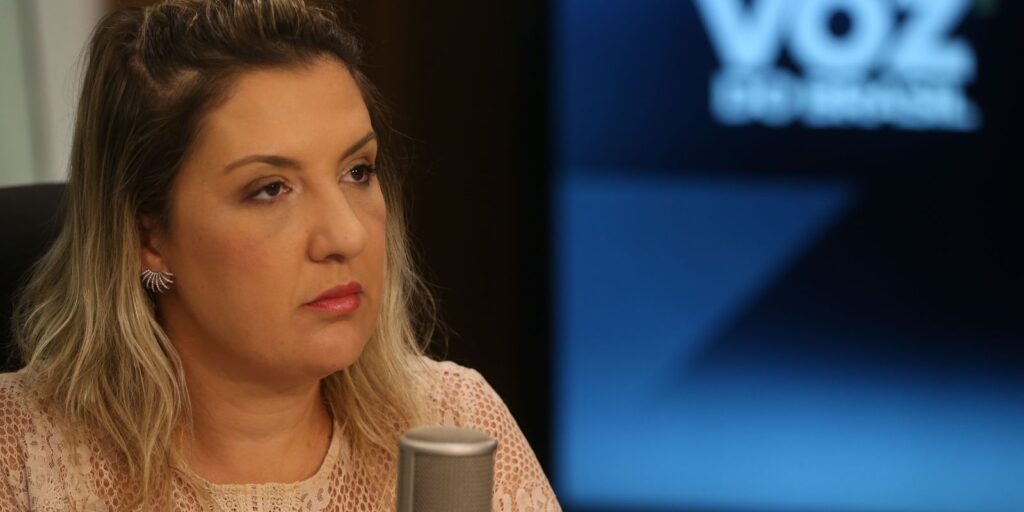“Gender makes an essential difference in the field of protection of boys, girls and adolescents, and it is key to work from the beginning with a discharge plan”, these are the two clear and resounding conclusions of four years of work in two pilots of specialized residences for adolescents whose rights have been violated under the protection of the State, which Hogar de Cristo implemented with the financing of four family foundations: Colunga, Ilumina, Kawoq and Luksic.
The first conclusion becomes painful for the psychologist Carlos Vöhringer, national technical director of integral protection and therapeutic support of the Hogar de Cristo, on whom the 4 residences that the foundation currently has depend: two in the Coquimbo Region and two in the Metropolitan , which in 2021 welcomed 84 children and adolescents.
One of them, the residence for adolescent men Maruri, located in Providencia, was one of the pilot residences. And its residents today display remarkable achievements. It could be said that the pilot fulfilled his mission satisfactorily: creating a family environment and getting several of the young people to persevere in higher education. The other, the Anita Cruchaga Residence for adolescent women, which was on the Recreo hill in Viña del Mar, was set on fire by one of the young women who lived in it, in 2019, which put an end to the pilot.
The unfortunate fact brought to light a problem that Hogar de Cristo and other foundations had been denouncing for years: the existence of networks of commercial sexual exploitation of girls under the protection of the State that lie in wait for these devices. “Being a Girl in a Protection Residence” is the title of the investigation carried out by the Social Directorate of the Hogar de Cristo and published in 2021, where this reality and its consequences are revealed in detail in 205 pages. This work contributed to the fact that in 2022 the Parliament is finally working on the criminalization of this specific crime and stops talking about “child prostitution”, as it is done even until now, and installs the need to work with a gender perspective in these devices. of protection.
“We are now about to publish eight technical guides, very practical and specific, validated by the team from the Center for Justice and Society Studies of the Pontifical Catholic University, who accompanied the development of the pilot residencies. Thinking about the residence teams, they develop how it is done in different relevant areas: therapeutic approach in residences, trauma approach, safe coexistence, work with families, team care, community and network approach, supervision and accompaniment of the team and preparation for interdependent life”, explains Vöhringer and stops at the last title .
Today, a young person under the protection of the State, at 17 years, 11 months and 30 days, by law, must be graduated. The exception is when he is studying, in which case he can stay until he is 24 years old, receiving shelter and food.
They are, without a doubt, the least. Most jump without a parachute to adult life.
We ate cake, ready and bye
It happened to Andrés, who today is 19 years old and whom we found sleeping in the Ancud municipal shelter for homeless people. Shortly after his “egress”, as they say in the jargon, he was already living without a roof over his head, on the street. Andrés did not learn to read or write, he has a mild intellectual disability and a huge resentment towards his family and Sename.
Carlos says: “The step towards autonomous and interdependent life for all young people is challenging, but for those who have grown up in the protection system and must be separated from state care, it is a gigantic challenge.”
A team from the Center for Justice and Society Studies of the Pontifical Catholic University of Chile, which evaluated the Hogar de Cristo pilots, within the framework of this project, also prepared the “Study of the transition to adult life of adolescents in the protection in Chile” (2021). In it, we read:Emerging adulthood is a critical stage for the expression of resilience, particularly in the case of children and adolescents who also move from residences to interdependent life, and are normally immersed in contexts of high risks and adversity. Resilience arises as a result of adaptive resources, such as future orientation and autonomy, and is a strong precursor to individual change. However, these adaptive resources are often not developed in children and adolescents who transition from residential care. Many of these young people may not have the necessary social support for this transition, experiencing it as abrupt and unprepared. Likewise, they are often exposed to greater risk in terms of homelessness, low educational level, unemployment and youth parenthood, all factors that make them even more vulnerable to the double transition they must face.”
Andrés knows it well, today 19, that in In the midst of the pandemic, he turned 18. “Every person I knew told me ‘you must demand Sename, they are your protectors, they have to give you support, they must teach you to read, write, educate you,’ but they didn’t give me any it’s. Quite the contrary. When I turned 18, they sang ‘Happy Birthday’ to me, we ate cake and voila, bye. That’s why I don’t want to celebrate my birthdays anymore.”
For this reason, a planning of the exit to independent life is urgent. “From a very early age, around the age of 12 or 13, a preparation plan for interdependent life should begin to be worked on with adolescents,” insists Carlos Vöhringer.
No to the bucolic retreat
The other area of work that the Hogar de Cristo psychologist is in charge of is the problematic use of alcohol and other drugs by people with greater poverty and vulnerability. The foundation currently manages 10 very diverse programs in different regions of Chile, which in 2021 served more than 500 people in total.
“Hardly a line in the sea, because –according to data from SENDA 2019– 649,160 people between 12 and 64 years old have problematic alcohol and/or drug use. Of these, 131,943 express the need to receive treatment. The total supply of therapeutic programs, including those of the State and those of the Organized Civil Society, is around 22,000 places per year, so an annual gap of more than 109,000 treatment plans can be estimated”, notes Vöhringer. He also highlights that the effect of the pandemic – quarantines, a feeling of uncertainty, loneliness, fear – also had an impact on the consumption of alcohol and other drugs, altering access, type and form of consumption. It also changed people’s work and health habits, increasing feelings of isolation, anxiety, and helplessness. “As alcohol and drug use is also influenced by the context of each person, such as their socioeconomic status or the existence of support networks, the pandemic adds up as a risk and stress factor that makes it more difficult to address,” judgment.
Hogar de Cristo makes an effort, knowing that this work seems minimal compared to the magnitude of the problem, but it is known that whoever saves a life saves the entire universe. And that is what is achieved in many cases of the more than a thousand that the foundation attends to in those ten programs.
Several of them are full of difficulties and challenges and, in some cases, they are the only specialized offer for people without resources and with addiction problems in an entire region. This is what happens with the Therapeutic Program Anawim, located in Tierra Amarilla, Atacama Region, where there is no other for this population. Or with Villamávida, in Biobío, which is in a rural area, close to Concepción, but not so close that distance is not a problem for its operation.
In Santiago there is one of the few devices that is responsible for rehabilitating young mothers and allows them to spend up to two years with their young children in the Therapeutic Center. It is located in Quilicura and has remarkable and exciting success stories.
“There are so many needs and social demands on all sides that one sees that, in terms of problematic consumption of the most vulnerable population, the oven is not ready for buns. For example, the definitive director of Senda has not yet been appointed. We continue forward, enhancing what we have. Today we are innovating with a pilot in the La Granja district: a preventive program for children and adolescents to provide a first response to young people who are not reaching the traditional health systems and/or are outside the school system.
Carlos Vöhringer points out that the pandemic left a lot of learning that now has to be implemented in new practices, where the key is flexibility.
“The idea is well established among the younger generations and among specialists that going for detoxification or rehabilitation treatments to remote corners of the city and bucolic is not the solution. Today the evidence is showing the need for a treatment inserted in community and local networks, more flexible, combining outpatient modalities with limited residential periods, with a permanent link with the support teams.In this sense, telematics in terms of treatment was a good alternative in times of quarantine and confinement, and it has been quite a discovery, which even Senda has validated”.
In summary, Hogar de Cristo’s national technical director of therapeutic support for populations with consumption says: “We hope to contribute to the implementation of a robust public offer in the area of problematic consumption, in particular for specific populations that today do not have with an offer that responds to their needs: women, homeless people and adolescents. It is also key to have in all regions an offer with State financing for the treatment of alcohol and other drug use for the aforementioned populations. And a priority need is to improve the availability and effectiveness of prevention and treatment programs for the vulnerable adolescent population.”
-What happens to homeless people, who use alcohol and other drugs as an escape valve for issues as specific as the cold now in winter and for other more critical ones, such as psychological pain, trauma, exclusion Social?
-Working with homeless people requires programs with a low income threshold, to accommodate a highly invisible and stigmatized population. This type of program also fulfills a role of demystifying the street problem, by showing it as a multidimensional problem and not focused only on the problematic consumption of alcohol and drugs. Special attention deserves for us the gender dimension in therapeutic processes. In this sense, specialized work has been carried out on adolescent women who are mothers, in the Quilicura Therapeutic Program, as I told you, as well as with the LGBTI+ population, who in terms of homelessness, are the most excluded people, violated and violated of all.


















